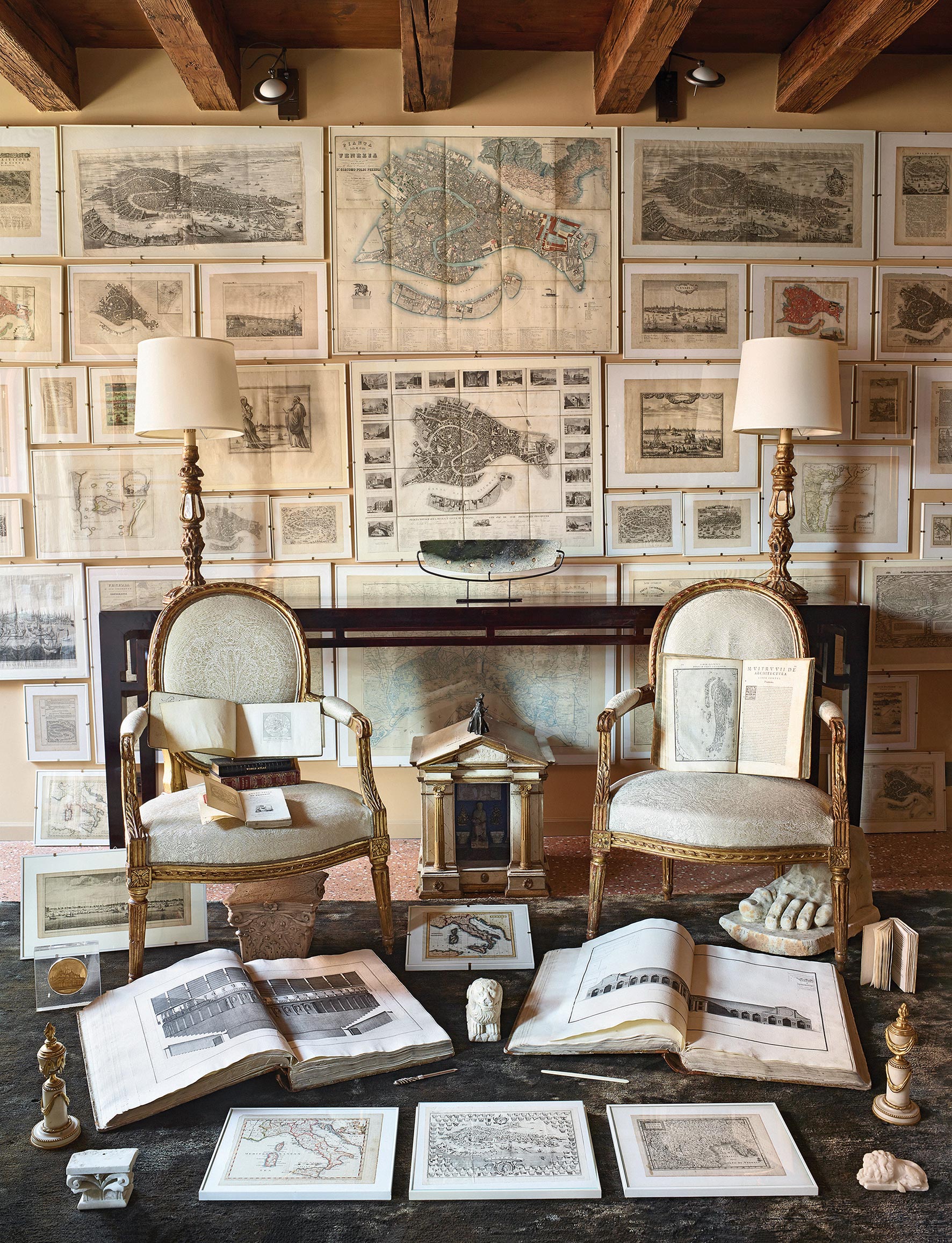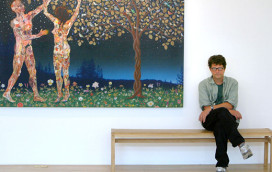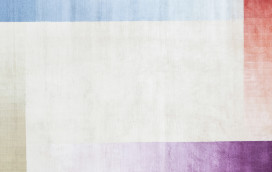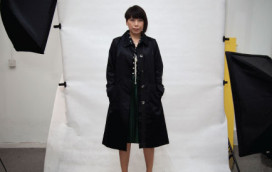“What you have to understand is that, for me, map collecting isn’t a casual hobby,” says Nicolò Rubelli, with a laugh. “It’s a disease, an addiction. If I see a map shop, there is no way I can pass it by. I have to go in.”
Rubelli, the fifth generation to run the eponymous textiles company founded by his great-grandfather in 1889, is not only a proud Italian but a proud Venetian. Even as a boy, he says, he appreciated the “incredible privilege” of being one of only about 60,000 permanent residents able to explore Venice’s streets and its bridges, its domes and its bell towers whenever he liked. When, at the age of 17, his father gave him an antique map of the north of Italy, he was hooked. “I loved the idea that, although the map was created in 1648, so much of the city and the area around it still looked the same,” he says. “It gave me a new way of looking at my home.”
For the aspiring architect, who went on to become an engineer, maps were not only a means by which to examine the make-up of the city but to understand the artistic sensibility of that period. “If you look at certain German maps of Venice, for instance,” he explains, “all the bell towers have pointed spires, because the map-makers had reinterpreted the city according to what they thought was beautiful at the time. Most of the publishers in Nuremberg had never been outside Germany, so often the maps they printed were embellished or fictitious – and that’s fascinating.”
Since he was given his first map three decades ago, the company CEO, whose fabrics adorn interiors including Buckingham Palace in London, the Bolshoi Theatre in Moscow, the Vanderbilt mansion in New York and St. Regis hotels in Rome and Florence, has amassed around 180 maps, printed between 1500 and the late 19th century.
Unlike many collectors, Rubelli doesn’t believe in hiding his printed treasures in drawers or darkened rooms. Each is mounted on white paper so its edge can be seen, then framed simply in wood, and hung “in a giant jigsaw puzzle” in rooms shaded from bright light during the week and opened up for his enjoyment on weekends. One of his most precious maps is also one of the earliest ever printed – in 1500, by Jacopo de’ Barbari. “He went from bell tower to bell tower above the city to draw it, so it’s a perspective view. What’s incredible is that it’s obviously Venice. Certain things aren’t there, like the [Santa Maria della] Salute church, which is beside my house and whose dome I can see from my window. But so much of what we see hasn’t changed at all.”
Today, having run out of wall space, Rubelli tries to buy books of maps (“which are pretty much the same price as single maps”); he has also bought a single terracotta globe, designed by Giò Ponti for porcelain maker Richard Ginori in 1929. “It’s the one exception to my rule, this globe: normally I don’t collect them because they don’t usually feature Venice, they’re overpriced, and I don’t collect 20th-century maps. But I love Giò Ponti’s work, and we have many of his drawings in textiles in our collection. So when I found this at a market in Padua, I just had to have it.”
Images: Contour by Getty




